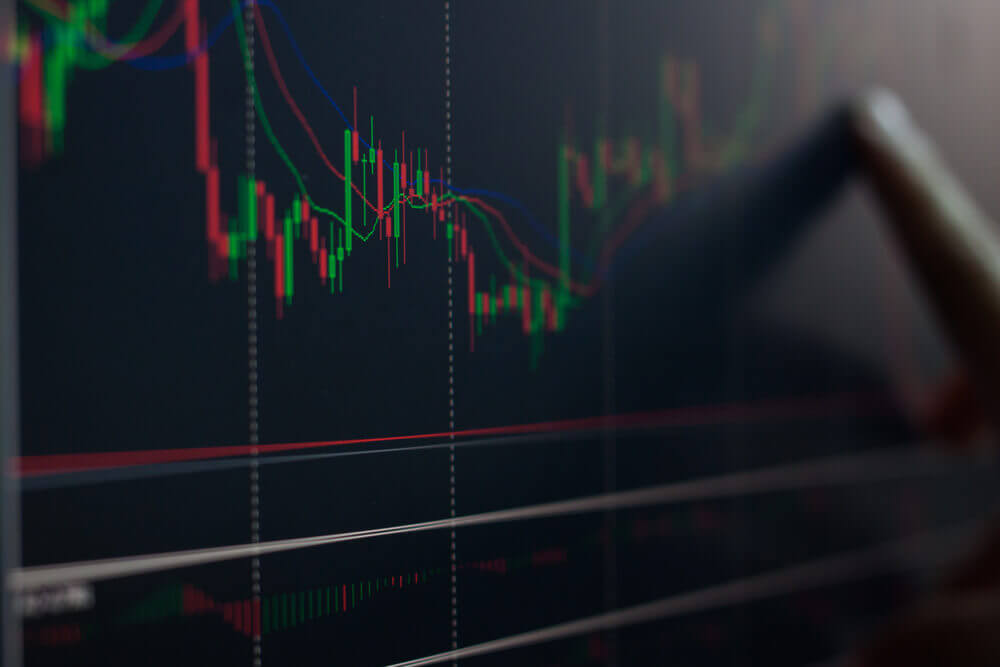 futures trading review markets can seem complex and daunting, but understanding how to analyze them can unlock significant opportunities for traders. This article provides an in-depth review of both fundamental and technical analysis methods to help you gain a firmer grasp on trading futures. Whether you’re an experienced trader or a newcomer, this guide will equip you with the essential tools to make informed decisions.
futures trading review markets can seem complex and daunting, but understanding how to analyze them can unlock significant opportunities for traders. This article provides an in-depth review of both fundamental and technical analysis methods to help you gain a firmer grasp on trading futures. Whether you’re an experienced trader or a newcomer, this guide will equip you with the essential tools to make informed decisions.
Understanding Futures Markets
Futures markets are platforms where traders buy and sell contracts for the delivery of a specific asset at a future date. These markets include commodities like oil, gold, and agricultural products, as well as financial instruments like currency and interest rates. Understanding these markets requires a blend of fundamental and technical analysis.
What is Fundamental Analysis?
Fundamental analysis involves evaluating the intrinsic value of an asset by examining economic indicators, financial statements, and other qualitative and quantitative factors. This approach helps you understand the underlying factors that drive market movements.
Key Economic Indicators
Economic indicators are statistics that provide insights into a country’s economic performance. For instance, GDP growth rates, employment figures, and inflation rates can impact commodity prices and financial markets. By staying updated with these indicators, traders can anticipate market trends.
Supply and Demand Dynamics
Supply and demand play a crucial role in determining the price of any asset. For commodities, this means assessing crop yields, weather conditions, and geopolitical events that could affect supply. For financial instruments, it involves monitoring central bank policies and economic forecasts.
Corporate Financial Health
For futures contracts tied to company stocks or indices, understanding the financial health of the relevant companies is essential. This involves analyzing balance sheets, income statements, and cash flow statements to gauge a company’s performance and potential.
What is Technical Analysis?
Technical analysis focuses on historical price trends and patterns to predict future market movements. This method relies on charts and technical indicators rather than economic factors.
Reading Price Charts
Price charts are graphical representations of an asset’s price movement over time. Common types include line charts, bar charts, and candlestick charts. Each type offers unique insights into market trends and potential reversals.
Utilizing Technical Indicators
Technical indicators are mathematical calculations based on historical price data. Popular indicators include moving averages, Relative Strength Index (RSI), and Bollinger Bands. These tools help traders identify trends, overbought or oversold conditions, and potential entry and exit points.
Trend Analysis
Trend analysis involves identifying upward, downward, or sideways market trends. By recognizing these trends early, traders can position themselves to take advantage of potential market movements.
Combining Fundamental and Technical Analysis
While some traders prefer one method over the other, combining both approaches can provide a more comprehensive view of the market. For instance, fundamental analysis can help identify the long-term value of an asset, while technical analysis can pinpoint the best times to enter or exit trades.
Practical Tips for Analyzing Futures Markets
- Stay Informed: Regularly update yourself with the latest economic reports, news, and trends affecting your chosen markets.
- Diversify Your Sources: Use multiple sources for your analysis, including financial news websites, economic calendars, and trading platforms.
- Practice Patience: Both fundamental and technical analysis require time and practice to master. Don’t rush your trades; take the time to analyze thoroughly.
Conclusion
Analyzing futures markets is an essential skill for any trader. By understanding and applying both fundamental and technical analysis, you can make more informed trading decisions. Whether you’re just starting or looking to refine your strategies, this guide provides a solid foundation for analyzing futures markets effectively.
Dive deeper into the world of trading and start applying these methods today to enhance your trading success.
